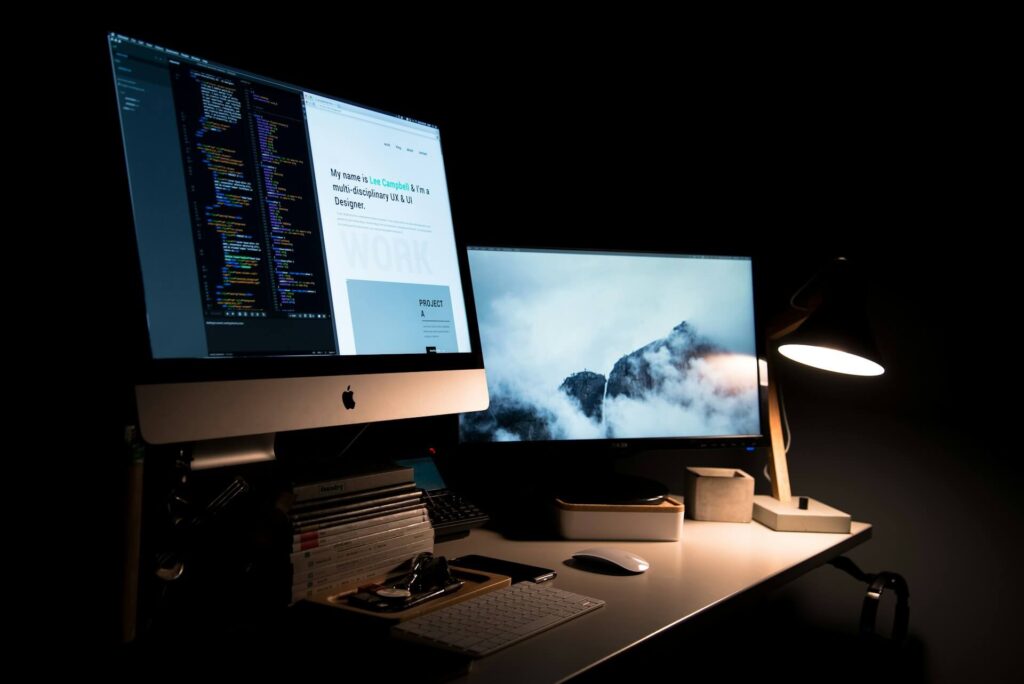In a world teeming with distractions, minimalism and simplicity in design have emerged as refreshing alternatives to cluttered interfaces. By embracing these principles, designers focus on essential elements that streamline user experiences, making digital interaction not only easier but also more intuitive. This approach often involves eliminating superfluous features, thereby allowing users to focus on the core functionality of a product. As a result, users can complete tasks efficiently without being bogged down by unnecessary options or information overload.

Minimalism and Simplicity
The ethos of minimalism in design hinges on the “less is more” philosophy, which means prioritizing clarity and functionality over embellishment. By stripping away non-essential elements, designers create a clean aesthetic that not only enhances usability but also evokes a sense of calm. A minimalistic design ensures that all components serve a clear purpose, guiding users naturally through an application or website. For instance, Apple’s iconic product designs often embody these principles, emphasizing intuitive use through simple yet powerful interfaces.
Moreover, simplicity in design goes beyond mere aesthetics to encompass user experience as a whole. A user-friendly interface should allow individuals to navigate effortlessly, finding what they need without confusion. By focusing on clear typography, ample white space, and straightforward navigation paths, designers can significantly improve how users interact with digital products. An example of this can be observed in platforms like Google Search, where simplicity and efficiency are prioritized to deliver standout user experiences worldwide.
Ultimately, the principles of minimalism and simplicity resonate deeply with both users and designers due to their ability to merge form with function seamlessly. These design principles not only cater to aesthetic ideals but also pave the way for enhanced usability and satisfaction. By focusing on what truly matters, eliminating unnecessary distractions, and simplifying interfaces, designers create powerful digital experiences that captivate users and foster lasting connections with the brand.
Bold Typography and Colors
In today’s fast-paced digital world, capturing user attention is both a challenge and an art. Bold typography and vibrant colors play a crucial role in contemporary web design. They not only grab eyeballs but also communicate brand identity effectively. For example, the use of strong, striking fonts can make headings stand out, guiding the reader’s eye and emphasizing key information. Such typography choices aid in creating a visual hierarchy, making content easily digestible. By pairing bold fonts with appropriate colors, you ensure that your website makes an immediate impact on visitors, encouraging them to explore further.
The strategic use of typography in web design transcends mere aesthetics. Employing bold fonts can significantly enhance readability by delineating sections and creating emphasis where needed. This is particularly useful in portfolio websites or digital media platforms where content needs to be both informative and engaging. Moreover, bold typography paired with creative layouts can lead to a more organized and visually appealing structure, ultimately improving user experience. As a result, web designers often experiment with custom fonts or integrated font libraries like Google Fonts to deliver diverse, eye-catching textual elements.
Colors are an equally important aspect of shaping the personality and mood of a website. Vibrant color schemes can evoke emotions and draw users into the website’s narrative. For example, warm colors such as reds and oranges can convey energy and enthusiasm, while cooler tones like blues and greens often suggest tranquility and trust. Knowledge of color psychology allows designers to choose hues that reflect brand values or campaign themes, enhancing overall communication. Consistent use of a color palette also contributes to brand memorability, ensuring that visitors associate specific emotions with the online experience your website offers.
To maximize the impact of typography and colors, web designers should strive for harmony between these elements. Consistency in font styling and color choices across different pages contributes to a cohesive look and feel, preventing visual dissonance. Additionally, using contrasting colors can further improve the readability of the text content, aiding viewers with visual impairments or those accessing the website on various devices. Testing different combinations allows designers to find an optimal balance, ensuring both typography and color work synergistically to enhance the user’s experience while aligning with the brand’s visual identity.
